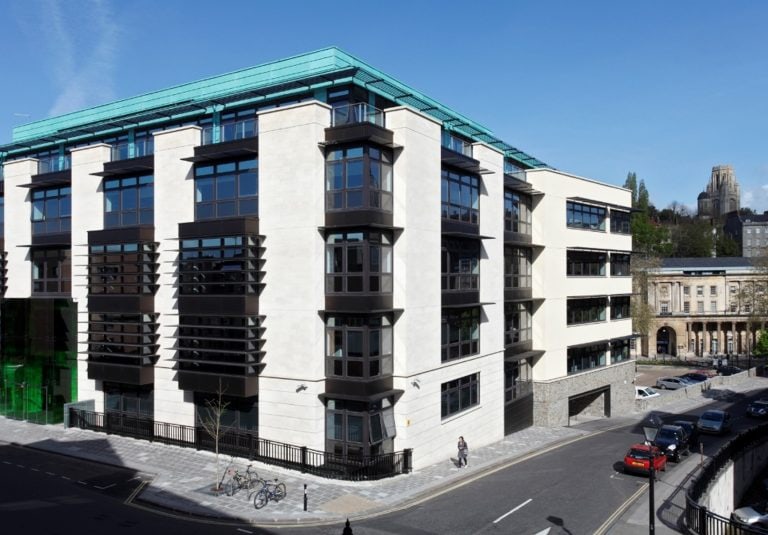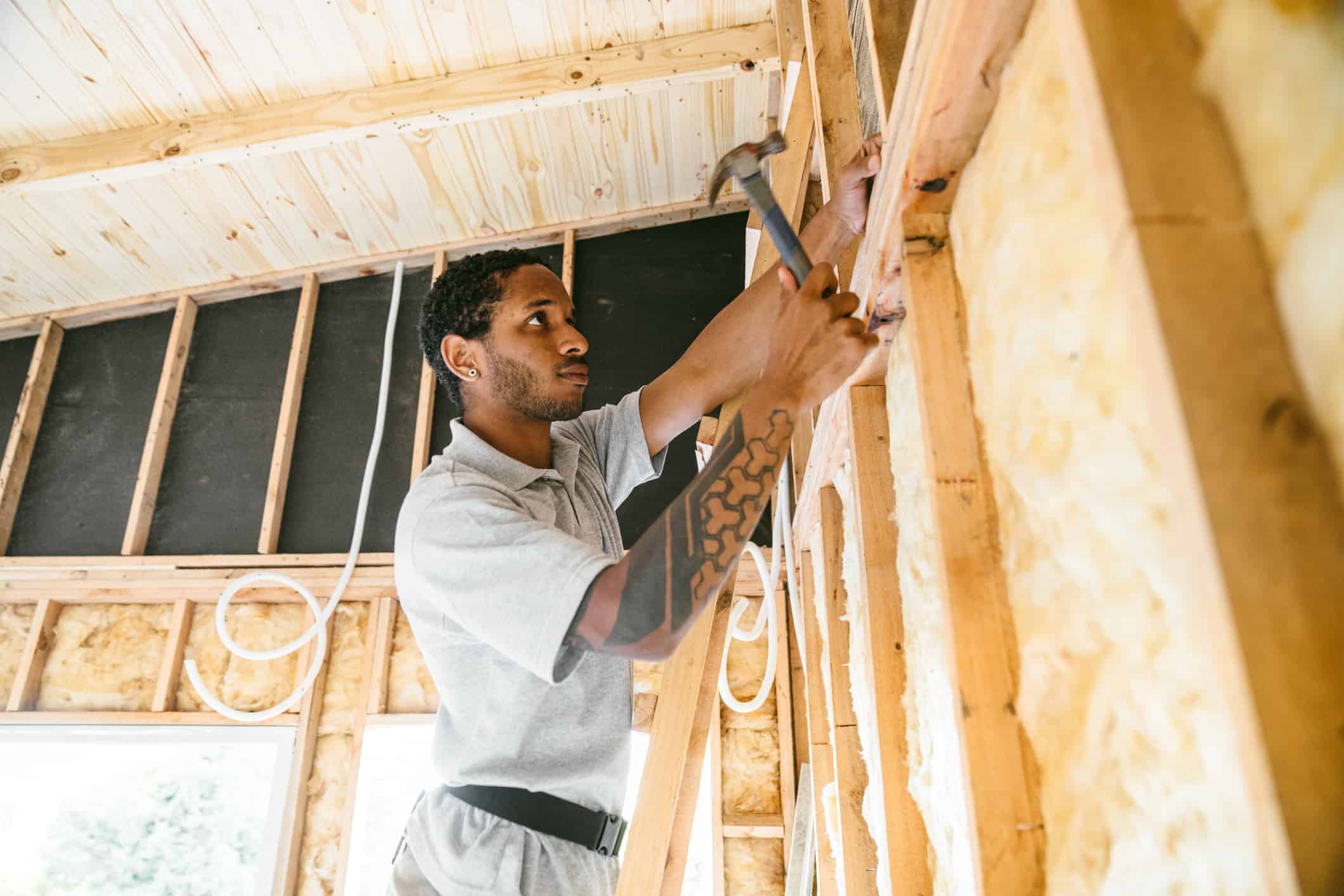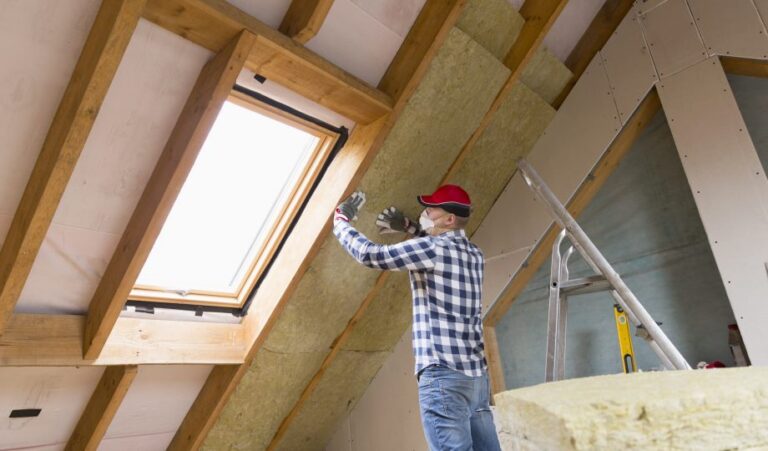Energy Saving Stamp Duty

What’s the problem?
The UK’s leaky homes are a significant part of the fuel poverty, energy security and climate problem. Heating and powering the UK’s 29 million homes accounts for 20% of UK carbon emissions and uses 35% of the energy. Energy security and net zero cannot be cost effectively delivered without tackling them.
However, over the last decade, programmes to improve the UKs owner occupied homes (circa 65% of all homes) have largely ceased and the industry delivering improvements has collapsed. Stop-start grant funding hasn’t created the sustained market that can skill up and scale up industry to deliver high quality work in large volumes.
Whilst long term targeted subsidy programmes form a crucial part of any fair energy saving and net zero strategy, it will be important to attract private investment from those who have means or access to finance, in order to deliver the majority of improvements.

How can we stimulate the private investment needed?
A market-based approach would give householders and home buyers choice of how to upgrade their homes, and hopefully embed those changes as part of the existing home improvement culture.
An Energy Saving Stamp Duty Incentive, combined with grants for lower value homes will be a workable and effective solution for two main reasons. Firstly, it would be flexible and enable homeowners to drive change. Secondly, when combined with other green finance arrangements and policies it would provides industry with confidence that the market it creates will not simply fall away again when the grants are reduced or withdrawn.

How would it work?
First, the energy demand of the home is calculated from the independently produced Energy Performance Certificate,
The Stamp Duty to be paid is then adjusted up or down
Low energy improvements made within 2 years or purchase, validated by an updated EPC, trigger a rebate to be paid –
For lower value homes, Government could enhance the rebate to subsidise cost of measures,
Any recognised improvement in a home’s energy efficiency (fabric, heating, services) would reduce the Stamp Duty paid.
There should also be provisions sensitive to the particular challenges of listed homes.
An Energy Saving Stamp Duty would…

Significantly grow the market for owner-occupier efficiency upgrades
Nudges’ homebuyers to consider the energy performance of the home they are buying,
Provide confidence that investing in a home’s energy performance will be proportionately reflected in its selling price,
Be revenue neutral for government,
Download the Energy Saving Stamp Duty Incentive briefing
Briefing Document
Other retrofit resources
The Retrofit Playbook

Net Zero Whole Life Carbon Roadmap for the Built Environment

BUILD UPON Framework: Capturing the Benefits of Building Renovation

Driving retrofit at scale: funding opportunities for local government



